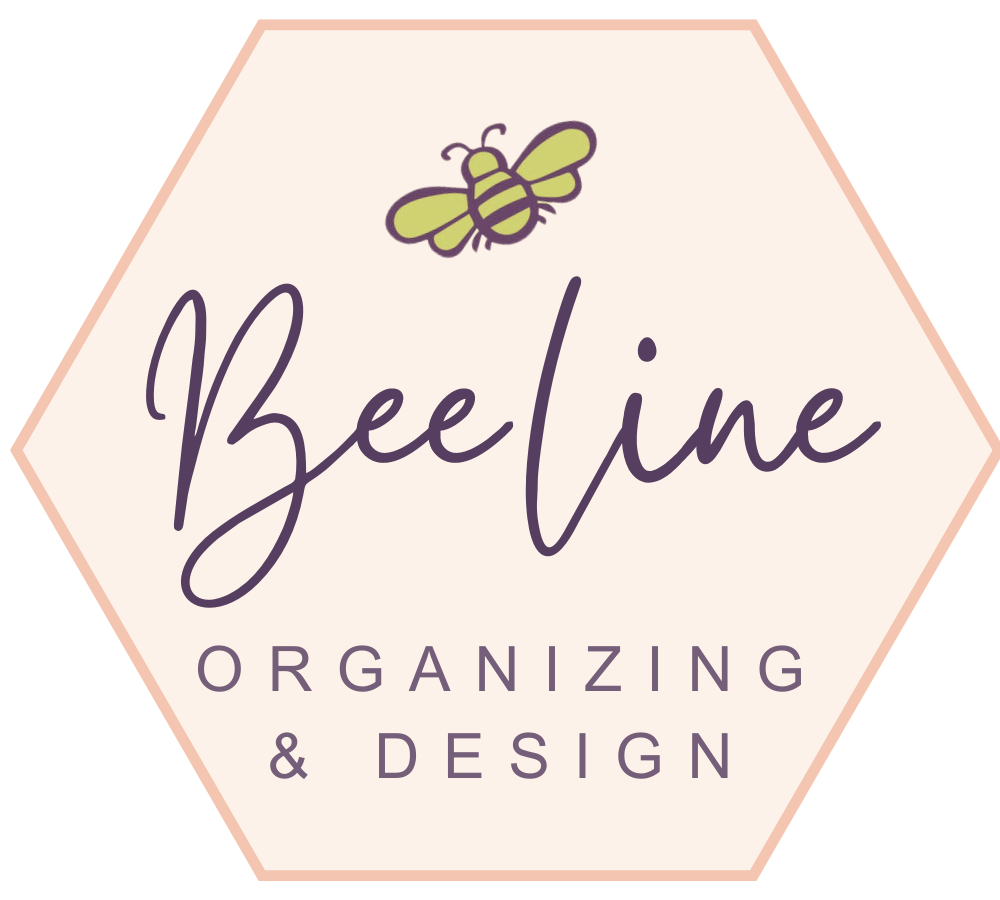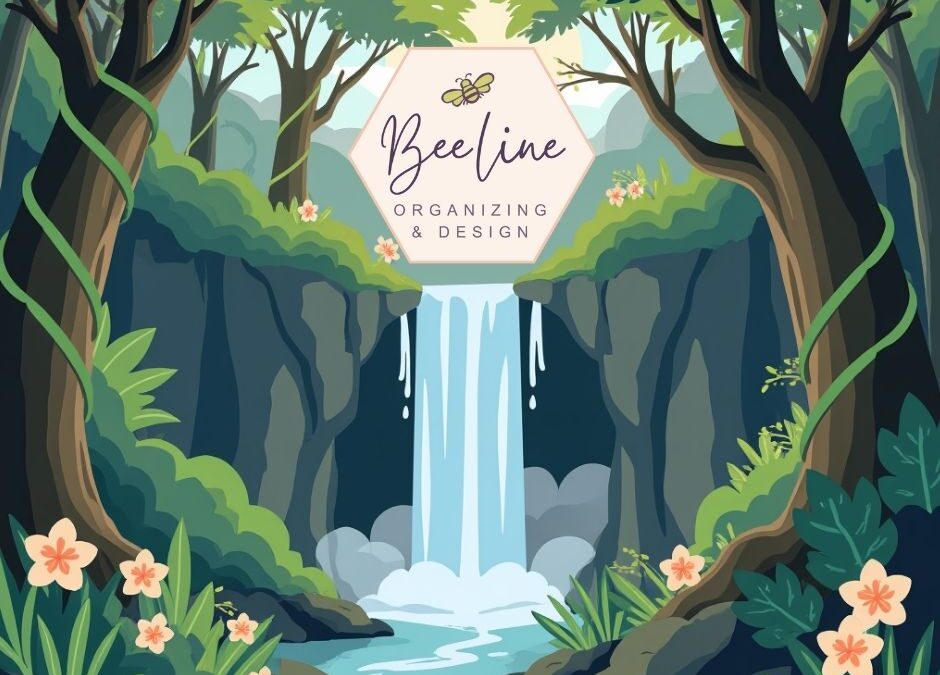Declutter Motivation: A Mindful Approach to Home Organization
Decluttering isn’t just about tidying up a space; it’s a mindset shift that can transform how you live, work, and relax at home. If you’ve ever started a cleaning spree with high energy and then fizzled out after a shelf full of unopened boxes, you’re not alone. The key to sustained progress is cultivating motivation that sticks, aligned with mindful organizing practices. In this post, we’ll explore practical strategies to boost your declutter motivation and build a home organization routine that feels doable, intentional, and rewarding.
Why mindful organizing matters for motivation
Before you tackle the physical clutter, it helps to understand the psychology behind it. Mindful organizing emphasizes awareness, intentionality, and emotional clarity. When you approach your belongings with curiosity rather than judgment, you’re more likely to:
- Identify what truly adds value to your life
- Reduce decision fatigue by creating clear categories and routines
- Maintain a sense of control and progress, which fuels continued effort
By grounding your decluttering journey in mindful organizing, you create intrinsic motivation. You’re not just chasing a cleaner house; you’re cultivating a environment that supports your well-being and daily goals.
Set a clear, motivating vision
Motivation thrives when you can visualize the outcome. Start with a concrete, uplifting vision of your space. Ask yourself:
- What room or area will you declutter first?
- How will a more organized space improve your daily routines?
- What feeling do you want to experience when you walk into the room (calm, focus, creativity, hospitality)?
Write down a few sentences or create a simple mood board. The goal is to connect your actions to a meaningful result, not just to “get rid of stuff.” This mindful organizing approach turns vague intentions into tangible motivation.
Break it down: actionable steps that build momentum
Decluttering can feel overwhelming if you try to tackle it all at once. The most effective strategy is to break the task into small, manageable steps. Here are some practical steps you can tailor to your space:
- Start with a single category: clothes, papers, or kitchen gadgets. Choose the easiest category to build early wins.
- Set a timer for 15–25 minutes and work in focused bursts. Short sessions reduce resistance.
- Use the three-box method: Keep, Donate/Sell, Recycle/Trash. Be decisive and honest about what you actually use.
- Implement a simple storage plan as you go. Label bins and integrate organizers as you declutter to prevent new chaos.
By focusing on micro-goals, you maintain motivation through visible progress and a sense of control.
The role of organizers and storage solutions
The right organizer can dramatically boost your motivation by making the benefits of decluttering tangible. Consider:
- Drawer dividers and shelf organizers to create instant order
- Clear storage bins that reveal contents at a glance
- Vertical solutions to maximize small spaces
- Multi-function furniture with built-in storage to reduce surface clutter
When choosing organizers, think about how you use the space. An organizer isn’t just a container, it’s a tool that supports your routines and your mindful organizing goals. Invest in quality components that you’re happy to use day after day, reinforcing your motivation to maintain the space.
Create routines that sustain motivation
Motivation tends to wane if there’s no sustainable routine. Build a simple, repeatable system that keeps your home organized with minimal friction:
- Schedule a weekly 15-minute tidy-up to reset surfaces
- Do a monthly purge of outdated items or duplicates
- Implement a “one-in, one-out” rule to prevent future clutter
- Designate a central drop zone for incoming items (mail, keys, packages)
Routines reduce decision fatigue by turning organization into a habit rather than a chore. With mindful organizing, you’re crafting a lifestyle that naturally supports ongoing motivation.
Mindful decision-making: handling sentimental items
Decluttering sentimental items can be the most emotionally challenging part. Mindful organizing encourages you to pause, acknowledge feelings, and set boundaries. Try this approach:
- Name the emotion you feel about an item (nostalgia, guilt, comfort)
- Ask whether the item aligns with your current values and daily life
- Consider a small, meaningful keepsake approach (digital copies, photo albums, or a curated keepsake box)
This compassionate, intentional method helps you maintain motivation by reducing guilt and making space for what truly matters.
Small wins, big impact: tracking progress
Motivation thrives on progress. Use simple trackers to stay inspired:
- Before-and-after photos of helped spaces
- A running tally of items donated or recycled
- A checklist of completed decluttering sessions
- A mood journal noting how the space affects focus and calm
Celebrating small victories reinforces the behavior you want to sustain and reinforces mindful organizing principles.
Declutter Motivation – Final thoughts
Declutter motivation comes from aligning your space with your values, not from chasing perfection. By embracing mindful organizing, you create an environment that supports your daily life and long-term goals. Start with a clear vision, break tasks into manageable steps, and choose organizers that fit your habits. With consistent practice and compassionate self-awareness, your home can become a calm, functional, and inspiring space. Remember: motivation grows where clarity, ease, and intentionality intersect.
Visit our main blog page for more useful articles

